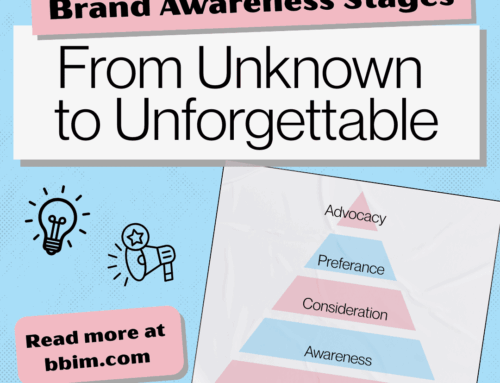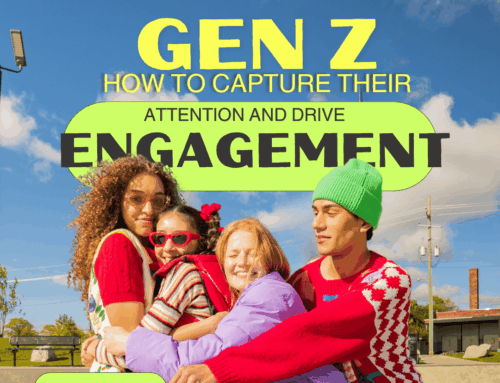
American football isn’t just a sport—It’s a cultural moment that unites millions of fans across the country. From local middle and high school games to colleges and the Superbowl, millions of people gather to watch football annually. As a result, companies can amplify their brand exposure and reach millions of new potential customers via experiential marketing. This includes on-site activations, guerilla marketing, and more. For brands targeting Gen Z and their families, football is one of the ultimate platforms to execute experiential activations that drives engagement, build loyalty, and generate real-world buzz.
Why Football Season is Prime Time for Fan Activation
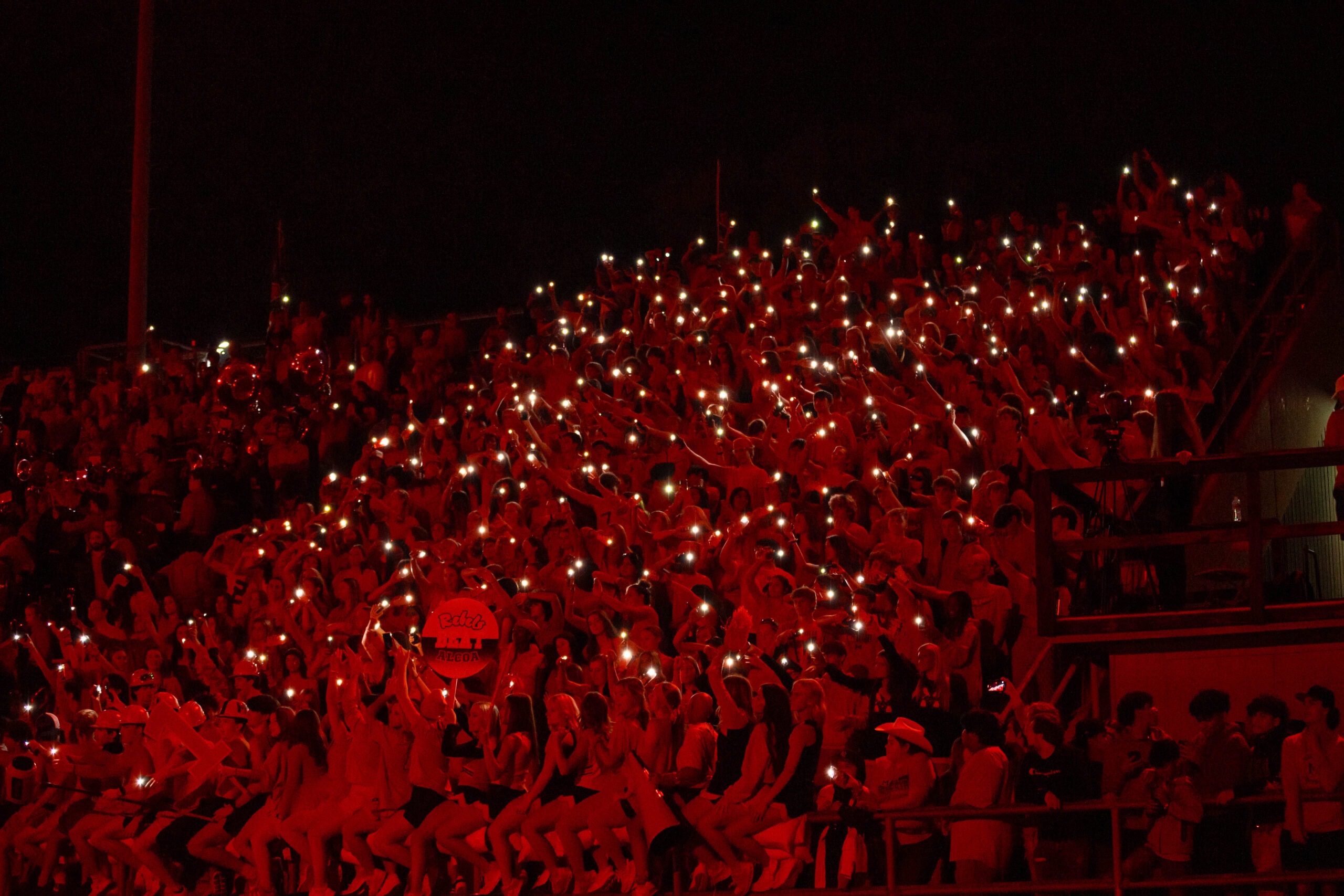
With it’s unmatched reach and high fan engagement, football season dominates the daily lives of Americans beginning in late summer. The National Football League has roughly 410 million fans globally, most of whom live in the United States. (For reference, the Census Bureau reports a population of roughly 340 million people living in the US). The Super Bowl is consistently one of the most viewed television broadcasts, and fans can watch football on almost every day of the week. However, commercials during primetime broadcasts can cost upwards of one million dollars for a 30 second spot, which is out of reach for many companies.
Despite this, there is a way to tap into this market without breaking the bank. As the National Federation of State High School Associations (NFHS) puts it, “the number of fans at high school football games dwarfs the number attending professional football games.” NFHS conducted an unofficial attendance study during the 2011 season. The study found that about 165 million people attend high school football games, with a weekly average of 11 million. High school football is, without question, America’s largest sport with over 7,000 games every week. Since the fans are usually on-site, experiential marketing is great, affordable tactic that leaves a lasting impression on customers. With its larger fan base and in-person interactions, high school games are a sweet spot to cost-effectively connect with millions of fans.
What is Experiential Marketing (and Why it Works in Sports)
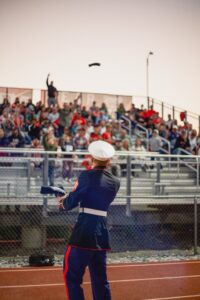 Experiential marketing creates real-life brand experiences which forges strong emotional connections with customers. According to a 2018 study, 85% of consumers are likely to purchase after attending events and experiences. It taps into people’s fundamental desires for meaningful connections by immersing customers with the experience and forms a lasting impression. Unlike social media and digital advertising, on-site activations don’t compete with thousands of other ads for a single customer’s attention. Moreover, 91% of consumers say they have more positive feelings about brands after participating in their events and experiences.
Experiential marketing creates real-life brand experiences which forges strong emotional connections with customers. According to a 2018 study, 85% of consumers are likely to purchase after attending events and experiences. It taps into people’s fundamental desires for meaningful connections by immersing customers with the experience and forms a lasting impression. Unlike social media and digital advertising, on-site activations don’t compete with thousands of other ads for a single customer’s attention. Moreover, 91% of consumers say they have more positive feelings about brands after participating in their events and experiences.
There are many ways to implement experiential marketing. In sports, it can take the form of pop-ups, gameday activations, on-site contests, product product sampling, social content booths, and more. For example, football tailgating is a great opportunity for brands to set up booths where customers already are. They can fill out a lead card with their name and email, or spin the wheel to win a branded prize. In one interaction, a company can gather lead information, engage with customers, and promote brand awareness all in one stop.
Successful Experiential Marketing Activations
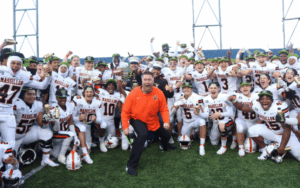
Since 2022, Nike has partnered with the NFL for the Nike Football Kickoff Classic, which features two high school football games. It takes place before the high school football season kicks off in the fall with an exciting competition. The game is livestreamed across the NFL’s networks and the schools are sponsored by NIKE for the rest of their season. With this activation, NIKE benefits by getting their brand in front of potential new eyes and a much larger audience via the NFL network. They also get in front of the local hometowns of the participating schools through their sponsorship.
On a larger scale, the Great American Rivalry Series (GARS) connects brands with the top high school rivalries across the country. Over the past two decades, GARS has had over 1,250 games with an average attendance of 10,000 per game and has impacted the lives of millions of fans. Through experiential marketing activities, brands can set up booths to interact with students, the crowds in the stands, and more. The GARS digital footprint serves to enhance the in-person experience. As a special “total athlete” feature, GARS recognizes scholar athletes at each game and has awarded the students with hundreds of thousands of dollars in scholarship money.
Tactics to Score Big with Experiential Marketing This Football Season
Here are a couple tactics to consider when getting involved with an on-site activation at a football game to help ensure it is a successful event.
- Go where the fans are. This usually include tailgates, student sections, and/ or pep rallies if possible. Fans attend local rivalries in droves, making those games extra attractive for brands.
- Create shareable moments. Set up branded photo opportunities at the entrances, the student sections, and around the stadium. Integrate social media whenever possible. Hold contests and pit the schools against each other to encourage involvement.
- Gamify the experience. Use instant gratification to engage fans with quick games, challenges, or branded scavenger hunts.
- Make it personal. Use customized gear and face paint stations with the home and away schools’ colors to personalize experiences for customers.
- And don’t forget post-game follow-up. Use QR codes, exclusive merchandise offers, and social recaps to extend the experience past gameday.
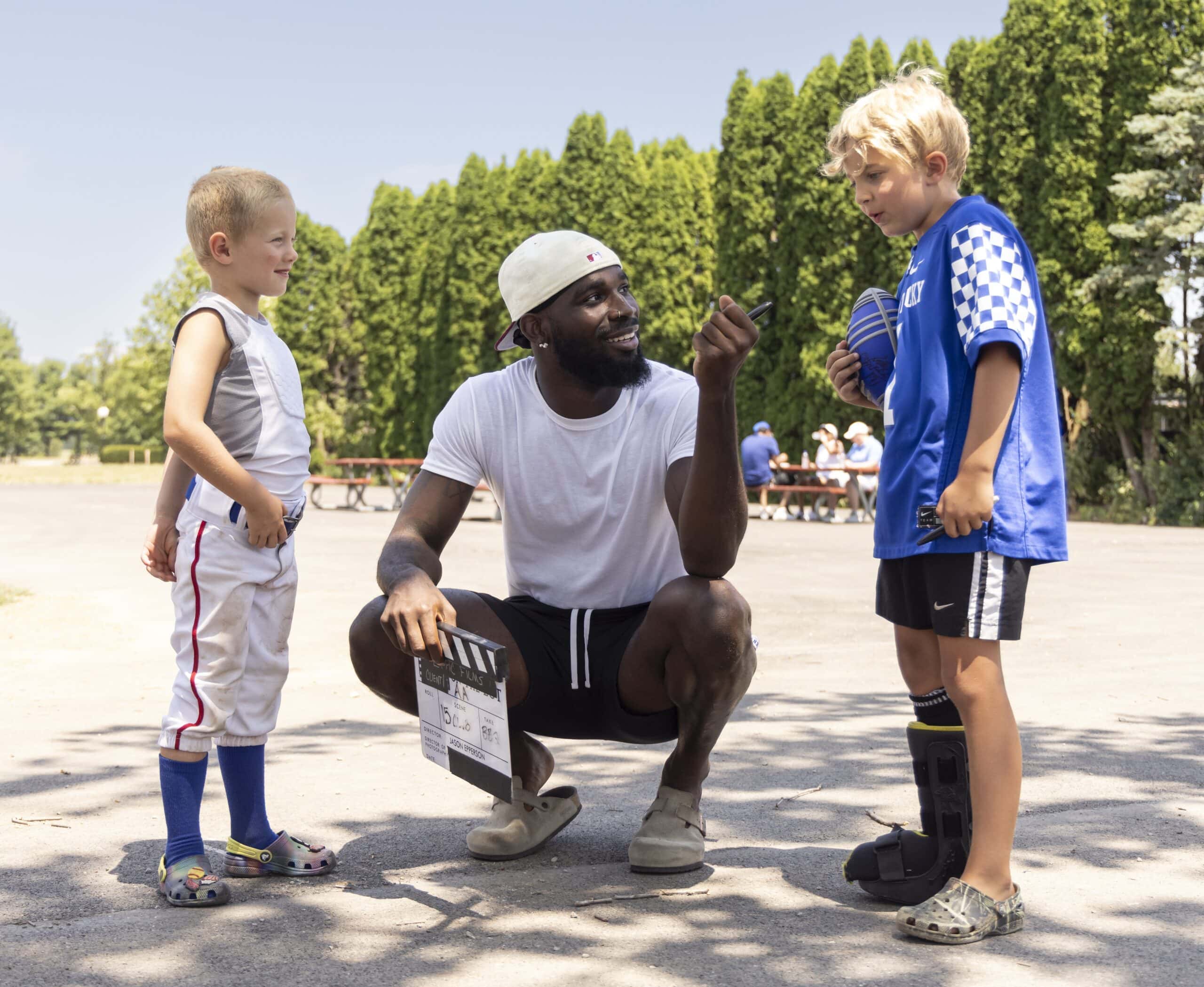
Final Thoughts
In the end, high school football fans are loyal, passionate, and primed for engagement. Moreover, high school football boasts a fan base even larger than the NFL’s, making it a prime stage for brands to connect and build lasting impressions. Experiential marketing is the best method to reach this audience in an impactful and lasting way. This season, don’t just show up—show out with activations that fans will remember long after the final whistle.
Want help activating your brand this football season? BRAINBOX Intelligent Marketing can help you create, launch and scale experiences that score big or partner with GARS to join the nation’s largest and longest running sports-marketing platform.

